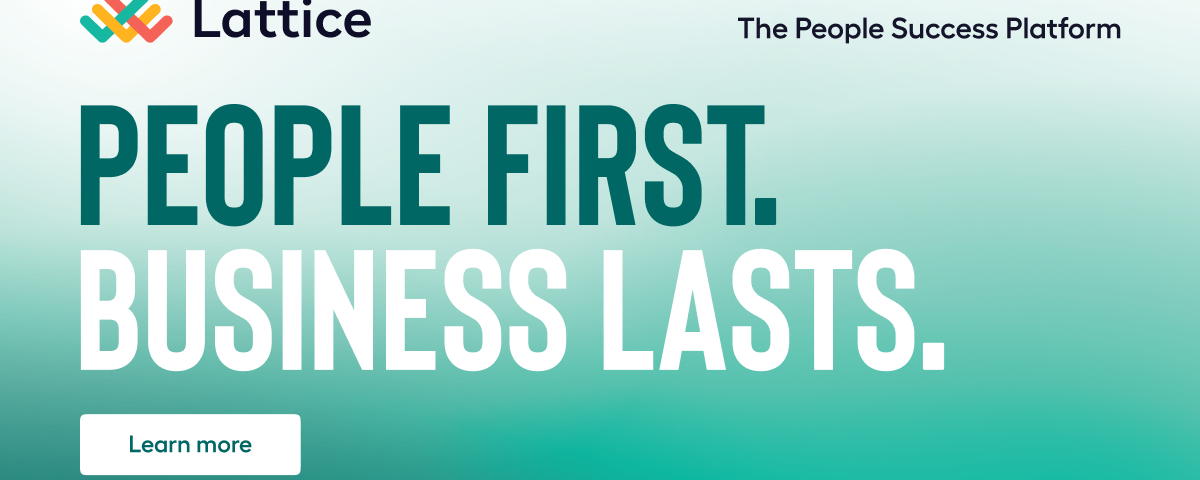- Have any questions?
- 888-432-8878
- steve@sebackground.com
Viewpoint: How ERGs Can Support Women Working in Hybrid Environments
June 28, 2022Wellness: Development & Management of Programs
June 28, 2022When your company decides to work toward improving employee engagement, it’s easy to get caught up in the numbers. Metrics and KPIs like employee net promoter score (eNPS) and retention rates can help you identify and isolate areas of your business that could be improved, but they often fail to provide context or reasons for why these issues have arisen in the first place. In order to understand the full picture of employee engagement at your organization, it’s important to strike an ideal balance of quantitative data and qualitative feedback.
Why Is Qualitative Engagement Data Important?
Quantitative and qualitative data can work together to give you the full picture of employee engagement at your organization: Quantitative data can help you identify what your business’s key areas for improvement are, while qualitative data will help you learn the why behind them. When used together, they’ll give your HR team the context it needs to build an exceptional employee experience.
For example, imagine that slipping employee retention rates prompt your business to launch a pulse survey. In this survey, you ask employees if they see themselves working at your company in two years, and a high percentage of respondents answer “No.” Even with this quantitative data, your team hasn’t learned anything it didn’t already know.
By allowing (and encouraging) employees to share additional information with each of their responses, you might learn that many employees feel unappreciated at work and unsure of what career opportunities they have at your company. Armed with this additional information, your business could decide to launch new initiatives to boost employee recognition, show that professional development is a top priority, and ensure that job satisfaction remains high.
5 Ways to Collect Qualitative Data for Employee Engagement
To continually attract and retain engaged employees, it’s best to use both quantitative and qualitative data to inform your People decisions and initiatives. Here are five ways your organization can collect qualitative engagement data from your employees.
1. Pulse Surveys
Pulse surveys are shorter and more dynamic than annual employee engagement surveys. They allow your business to target key areas of the employee experience to understand workplace engagement in real time throughout the year. Using both the quantitative and qualitative data collected from these surveys, your organization can identify specific areas for improvement and measure the impact of your HR initiatives.
2. Focus Groups
Focus groups that are composed of employees across all levels and departments of your organization can be used to dive deeper into feedback you’ve collected from employee engagement surveys. HR teams can run new ideas by focus groups to uncover any concerns or reactions employees may have to the proposed plans. This gives HR teams the ability to refine the efficacy of new initiatives and help ensure seamless and high-impact roll-outs.
3. Manager One-on-Ones
No one has a bigger impact on employee experience than your company’s managers. One-on-ones enable managers to track and boost engagement on their own teams through weekly or biweekly check-ins. One-on-ones might be casual conversations, but they’re an essential component of a continuous feedback model. The real-time feedback from these meetings can help managers make informed decisions about how to best support their employees day-to-day.
4. Performance Management
While engagement surveys give you high-level team and company data, performance data can give you more context into engagement at the individual level. Used in tandem, these tools can help HR teams understand the full context behind areas that need improvement. For example, if engagement scores are low across an entire team, performance management data can help avoid assumptions and reveal potential root causes, such as unrealistic goals or a lack of continuous feedback. Your HR department can then take action to ensure that that team has more attainable goals — and the appropriate resources to achieve them moving forward.
5. Exit Interviews
Exit interviews give your HR team the opportunity to hear and collect candid, actionable feedback about what is working well at your organization and what could be improved. Departing employees are often more forthcoming with their feedback because they’ve had a chance to reflect on their experience with your company and are likely less deterred by potential consequences of being candid. HR teams can then use this feedback to improve employee satisfaction and retention by refining existing company policies.
__
Every HR team can benefit from a broader perspective of the business, and finding the right balance between quantitative and qualitative data is the key to achieving it. Thankfully, collecting qualitative feedback is easier than you think. In fact, your company is probably already using common practices to collect employee feedback and drive engagement –– like pulse surveys, focus groups, one-on-ones, and exit interviews. And if you’re not, it’s not hard to implement these slight but impactful changes when you have the right tools in place.
SPONSORED
The post Why Employee Engagement Is About More Than Just Metrics appeared first on The HR Digest.
Source: New feed





